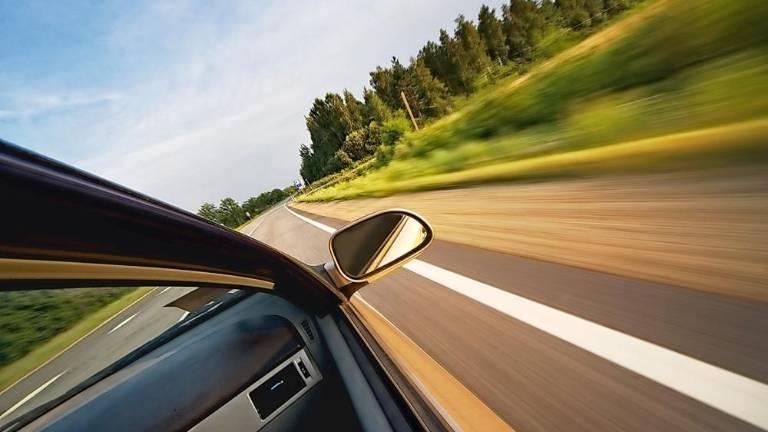New Jersey’s new Safe Passing Law: What you need to know
Motor vehicles. Drivers are required to move over a lane or allow four feet between the car and pedestrians, cyclists, and those in an electric scooter or wheelchair. If the driver can’t move over, they must slow down to no more than 25 miles per hour.

Even with fewer cars on the road with less people commuting, New Jersey roads are only becoming more hazardous to drivers. As of October 2021, New Jersey State Police report that there are already more fatal car accidents, pedestrian deaths and cyclist deaths in 2021 than all of 2020, an almost 13% increase.
New Jersey Governor Phil Murphy signed New Jersey’s new Safe Passing Law bill into law in August 2021. It requires motorists to safely pass pedestrians as well as people on bicycles, scooters and electric wheelchairs.
The Safe Passing Law is similar to the law that requires motorists to move over a lane and give emergency and police vehicles and personnel a safe space along the side of the road. In this case, drivers are required to move over a lane or give four feet of space between the car and the person being passed. If the driver can’t move over, they must slow down to no more than 25 mph.
Drivers who fail to comply with the law face fines up to $100. If a driver fails to pass safely and causes an accident with bodily injury, the driver could face fines up to $500, two points on their license, as well as additional liabilities for the personal injury caused to others.
This law is designed to protect those most vulnerable when using the roadways including pedestrians, especially those who are forced to walk down rural roads or those without sidewalks. The law also protects those with mobility issues who may use a motorized scooter or electric wheelchair to get around. And, the law firmly states that drivers must share the road with cyclists.
The Safe Passing Law offers additional protections to pedestrians and cyclists. Much of the time, drivers are found to be at least partially liable if they hit a pedestrian or cyclist, and this new law will help reinforce the duty of care drivers need to show to all when using the road.
Causes of pedestrian and bicycle accidents include failure to yield the right of way, speeding, failure to abide by traffic laws and signage, aggressive driving, distracted driving, and drunk or drugged driving.
If a pedestrian is legally crossing the road or a cyclist was legally operating a bike, the driver is almost always at fault. In the event they were not exercising reasonable care, the driver could still be found to be partially at fault in the accident.
Source: Brandon J. Broderick, Attorney at Law: bandonjbroderick.com